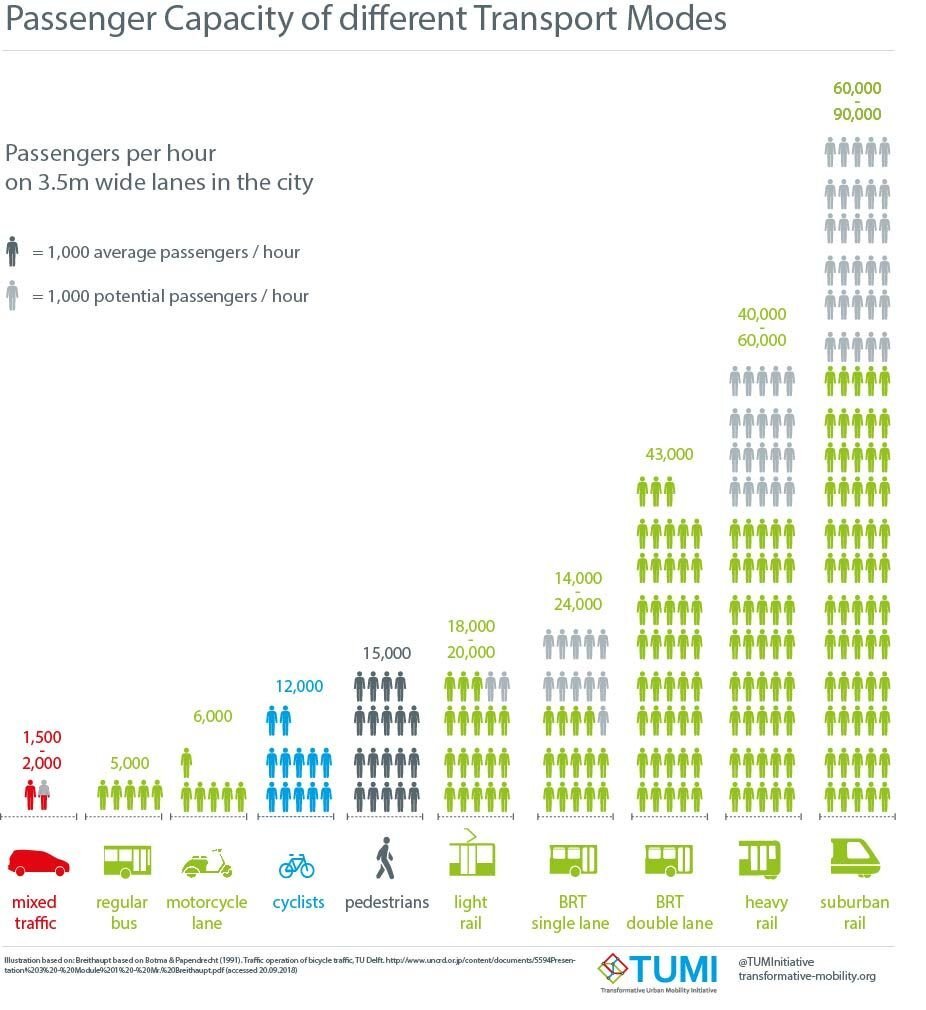
Guide To… eBikes
Like electric cars, eBikes have been around a lot longer than you may expect with the first patent for an eBike granted in December 1895.
However, it is only in the last few years that they have come to prominence and soared in popularity.
Sales of electric bikes jumped by a remarkable 41% in the EU between 2019 and 2020 alone, as people increasingly want to get out of cars and instead use more active forms of travel for health benefits, and to reduce congestion in cities.
In fact, eBike sales are expected to rise from 3.7 million a year in 2019, to 17 million per year by 2030.
However, there is still a lot of misinformation about how the bikes work, and the benefits that they offer. We hope that our guide will offer clear information to help you decide whether an eBike is right for you.
eBike Basics
An eBike is just like a regular bicycle, except that it has a small motor and battery to assist the rider, making it easier to cycle longer distances, or taking the strain out of traversing steep hills.
As you pedal, the motor multiplies the force that you exert, and on most models you can choose how much you want the bike to boost you. A screen on the handlebars will display which mode you’re in, your battery charge level, speed and mileage.
Typical eBikes now offer ranges of (30-160km) 20-100 miles, depending on your budget and how you plan to use them, and are capable of travelling (30-45kph) 20-28 mph in assisted mode.
Aside from charging the battery, eBikes tend to only require the same maintenance as traditional bikes, such as regularly inflating tyres or lubricating the chain. This keeps maintenance costs low, and means you can save a lot of money if you are trading your car in for an eBike.
eBikes And Fitness
A common misconception about eBikes is that they promote laziness, but this is absolutely untrue. In fact, they still offer the same health benefits as traditional bikes, even if they make it less strenuous to ride.
Much like traditional bikes, eBikes come in a wide range of forms. Cargo bikes can be great for transporting kids, pets or goods
Multiple studies have demonstrated that eBike riders burn around 200 calories per hour, the same amount burned when walking. In fact, a report from University of Colorado, Boulder found that when 20 non-exercising men and women used eBikes for 40 minutes three days a week, they improved their cardiovascular fitness and blood sugar in just one month.
This is supported by a UPMC Pinnacle study, which found that people who cycled regularly had around 15% lower likelihood of heart attacks than non-cyclists, while the University of California San-Diego found that just 20 minutes of exercise can boost your immune system.
Cutting Congestion
Almost half a million people die prematurely in the EU each year due to air pollution, with private car use being a major contributing factor to this high death count.
Meanwhile, around 60% of urban area is dedicated to car use – from roads to parking spaces. By reducing car use, while promoting the use of public transport and cycling, we can build more affordable housing and increase green space in cities to improve public health and reduce greenhouse gas emissions that worsen the Climate Crisis.
Bikes can move around six times more people in a single hour than in mixed traffic that prioritises cars. Credit: Transformative Urban Mobility Initiative
eBikes are ideal for commutes, with the batteries typically offering between (30-160km) 20-100 miles between charges.
To put this into context, 29% of journeys in Ireland cover less than 2km. Yet bicycle make up just 1.6% of all trips, according to the Central Statistics Office in 2019.
This reliance on cars has worsened congestion in recent decades, with Dublin ranking as the 21st most congested city in the world – with Cork and Limerick also appearing within the top 100 most congested cities.
This has increased fuel consumption while also worsening the amount of carbon dioxide and other greenhouse gases from road transport. So the more bikes and eBikes we can get the road, the more we can avert the Climate Crisis, and the faster we can improve public health.
To find out more about the need to promote bikes and public transport over cars, we recommend reading Why Cities Need To Take Road Space From Cars – And How This Could Be Done, from the Journal of Urban Design.
Finding The Right Fit
Like traditional bikes, eBikes come in many forms – from casual upright bikes, to sports bikes, mountain bikes, and even cargo bikes.
As such, there is an eBike to fit whatever your needs and budget might be, and with the cost of lithium-ion batteries for eBikes dropping by 87% over the last decade, they’ve never been more affordable.
The average price for a good eBike for daily commutes is currently around €2,500, but there are many decent options available for less than €1,000 now. While this might seem more expensive than a traditional bike, it is important to remember the health and climate benefits of eBikes.
Furthermore, if you are swapping your car for an eBike when commuting, you’ll be saving a significant amount of money on fuel, insurance, tax and maintenance for your car in the long term.
Alongside commuter eBikes, there are an increasing number of electric cargo bikes on offer that allow you to transport your family, pets or shopping with ease. While these are more expensive than standard eBikes, starting around €3,000, these are ideal for delivery businesses.
With van mileage increasing by a fifth since 2008, and with vans now accounting for 15% of traffic – as well as 30% of NOx and particulate emissions – replacing delivery vans in cities with electric cargo bikes could make a huge impact on reducing harmful emissions, while also saving businesses money.
If you are interested in buying an eBike but want to try-before-you-buy, many bike sellers and manufacturers are offering free trials, while renting an eBike for a day can also be a great way to experience the benefits they offer before you commit to buying one.
Cycling is the most energy efficient form of transport, around 35 times more efficient than using a car. Credit: Sustainable Transport & Public Policy, David Banister
What About Non-Electric Bikes?
eBikes aren’t a replacement for traditional bikes, instead they are a great alternative for cars or a great way to get people who wouldn’t otherwise cycle to adopt a bicycle as their primary mode of commuting.
If you are comfortable riding a non-electric bike for your commute, then that is still the greenest option, as it requires fewer materials and emissions to make.
Much like with electric car conversions, it is also entirely possible to retrofit traditional bikes to run as eBikes, with a number of kits on the market that can be fitted by you at home, or by a professional bike mechanic.
This can be a great approach, as it recycles the bike that you already have, and kits can cost significantly less than a new eBike, with prices starting from around €350.
We recommend reading guides from BikeRadar and Cycling Weekly if you are interested in learning more about how eBike retrofitting works, and how it can be undertaken.
What To Read Next
Why EV Battery Recycling Is Set To Take Off
Find out why nervousness about the EV battery life cycle is overlooking other opportunities, how new efficiencies are being found, and which emerging technologies may influence its future
How Has Battery Technology Advanced?
Find out how battery technology has advanced, from the launch of the first lithium-ion battery in 1991 to the latest innovations in the field today






